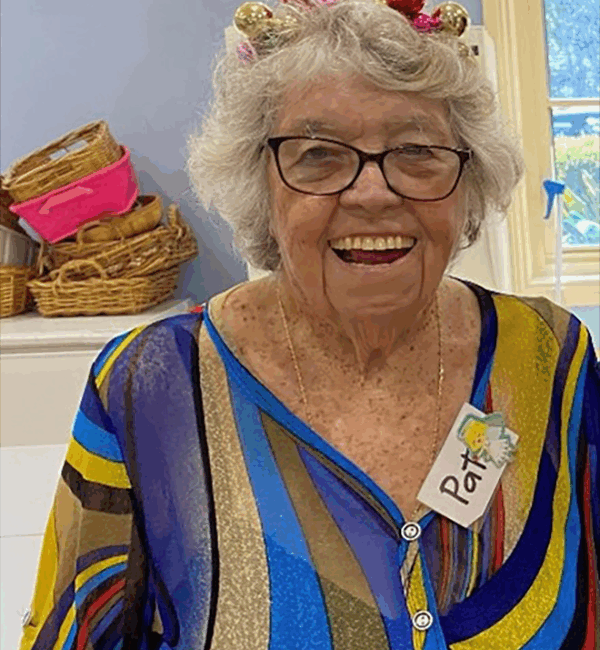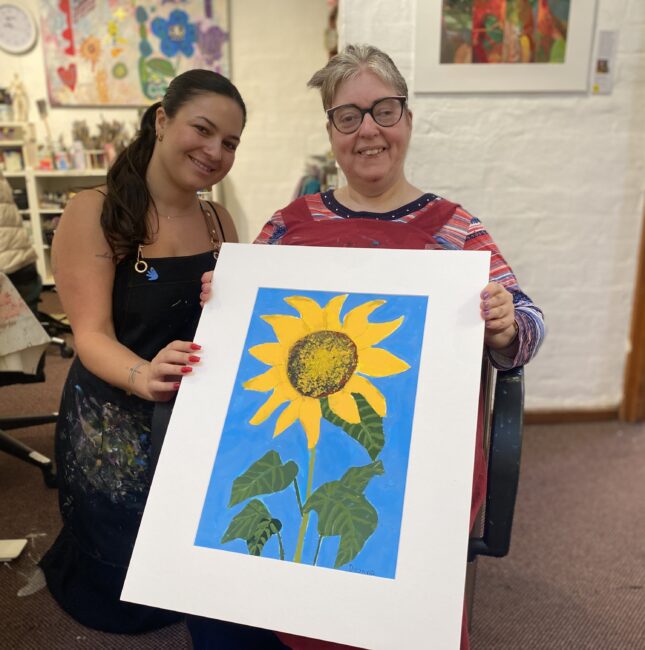Homelessness – the reality in 2024
July 5, 2024
In the last five years, the number of people needing CatholicCare’s Supported Temporary Accommodation services on the Central Coast has doubled. Homelessness can affect men, women and children from a wide range of backgrounds. A shortage of affordable housing and high rents means that people on low incomes are increasingly vulnerable to homelessness.
Here, Homelessness Practice Manager, Sean explores some of the complex factors leading to homelessness and urges us to be proactive if someone we know is experiencing housing stress.
Q. What is the stereotypical image of the homeless person, and how does this compare to reality?
A. The stereotype is the person sleeping rough on the street. The reality is that homelessness doesn’t discriminate and can look vastly different for different people. The youngest person we’ve had in our program is a baby born in a bathroom and the eldest was 94 years of age.
Q. What are some of the leading causes of homelessness in Australia?
A. Some of the common causes that we see regularly are mental health issues, domestic violence, a relationship breakdown or a partner passing away – these are all catalysts that can lead to homelessness.
Over 90% of people coming into our programs have some kind of mental health condition, and many will find themselves homeless after being discharged from mental health care. We also see a lot of people leaving jail – they are not supported very well when they leave and very few people are willing to house or accommodate men and women who have a criminal history, let alone everything that goes with it.
We also see a lot of young adults who have been in the Out of Home Care system as children and face intergenerational challenges and limited support networks. And on top of all this the rental market is very challenging at the moment, which puts a lot of pressure on everyone, but especially families.
Q. I know someone who seems to be at risk of homelessness. What can I do to support them?
A. Be proactive and try and connect them with homelessness services. Often, we see people become homeless where some intervention could have been implemented and we could have avoided the catastrophe.
Since 2018, CatholicCare has provided Supported Temporary Accommodation for people experiencing homelessness at locations across the Central Coast. Properties vary in size from one-bedroom apartments to large family homes and can cater for singles, couples and small or large families. Occupants can stay from 1 night up to 1 month depending on their individual circumstances. This program provides a lot more than just accommodation. Staff can assist with rental applications and provide advocacy and support to navigate the often complex world of real estate and government agencies.
The goal is to establish permanent housing for the client, but staff are available to help work through any obstacles that may present themselves along the way. The aim is to build hope, restore dignity and provide a foundation to rebuild lives. Along the way we are very fortunate that we can refer our clients onto a wide range of other CatholicCare services that may also assist – whether that be financial counselling, emergency relief, domestic violence supports and more.
For more information about CatholicCare’s homelessness services please visit our website, email info@catholiccaredbb.org.au or call us today on 1800 324 924.
More news stories like this one
Pastoral care blessings are two way
“I first met the Fisherman when a doctor referred him to me as he was agitated and the medical supports were not alleviating his concerns,” Denis says. “He became a palliative patient when his condition deteriorated quite quickly and there had to be hospital care for him, which he was not expecting.
Read More“She was a saint walking on the earth” – a tribute to Pat Slattery
For nearly 25 years, Pat was one of the key driving forces behind Mary Mac's Place, which supports people who are homeless, isolated, and disadvantaged.
Read MoreOur Boonah Creative Arts Studio celebrates 30 years of creativity and inclusion
This year marks 30 years since the Boonah Creative Arts Studio first opened its doors, offering people living with disability a space to explore their creativity, learn new skills and connect with others.
Read More



